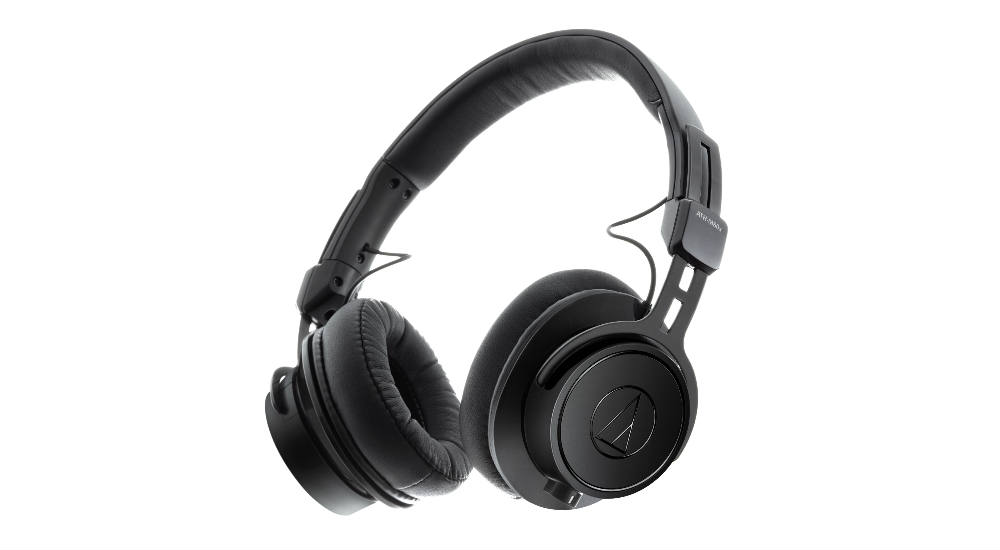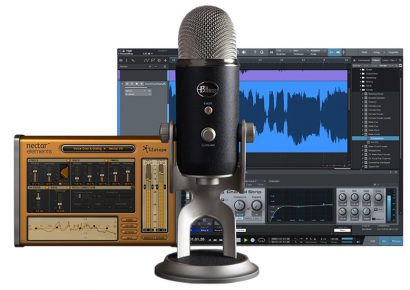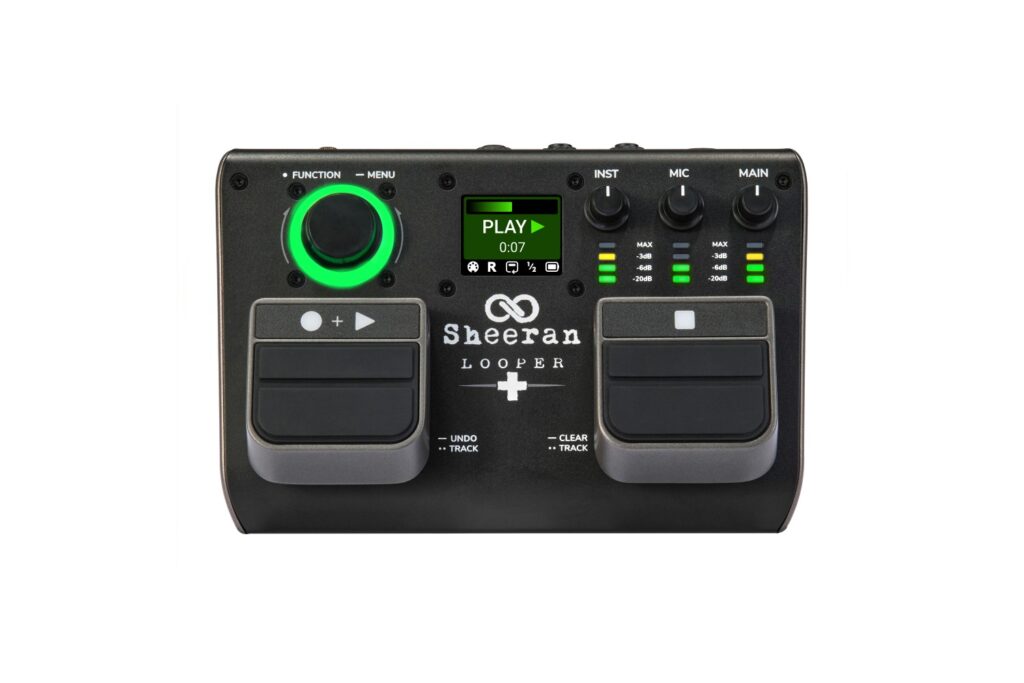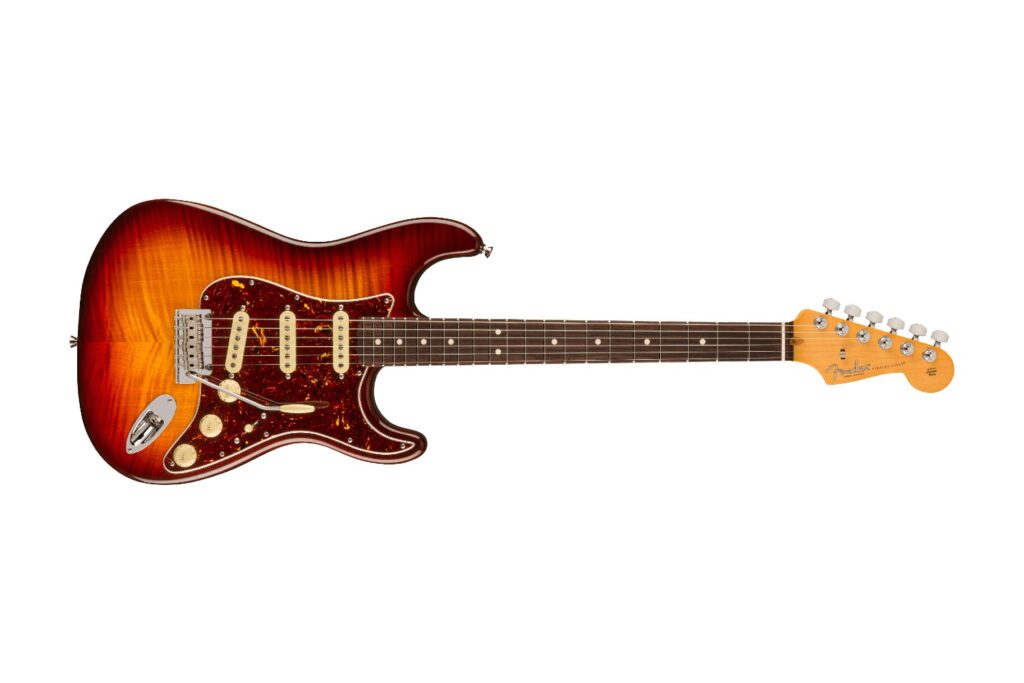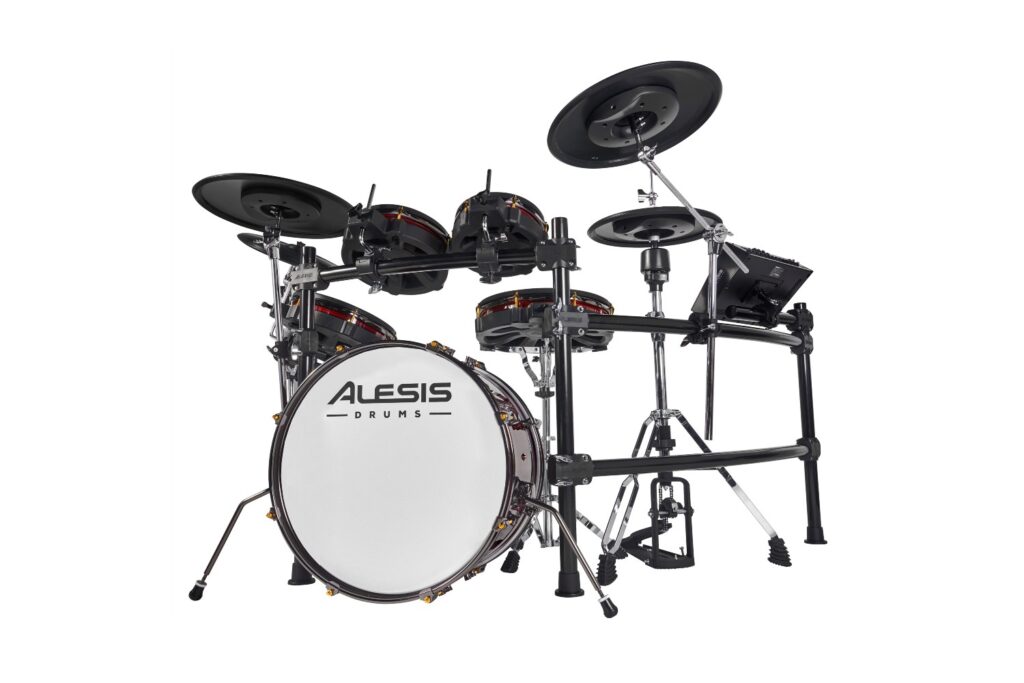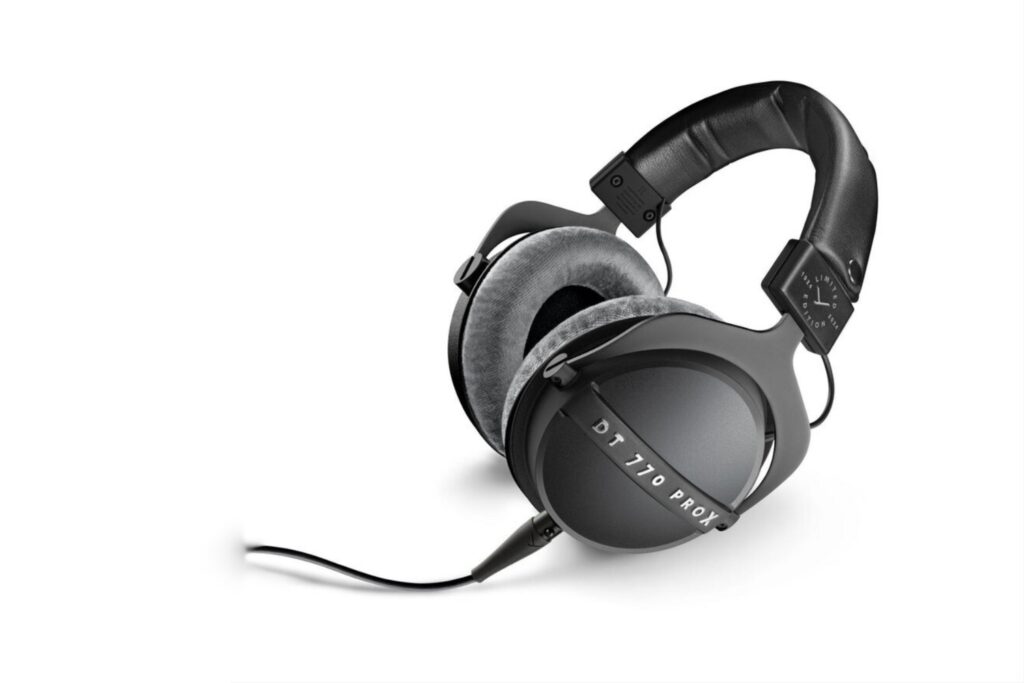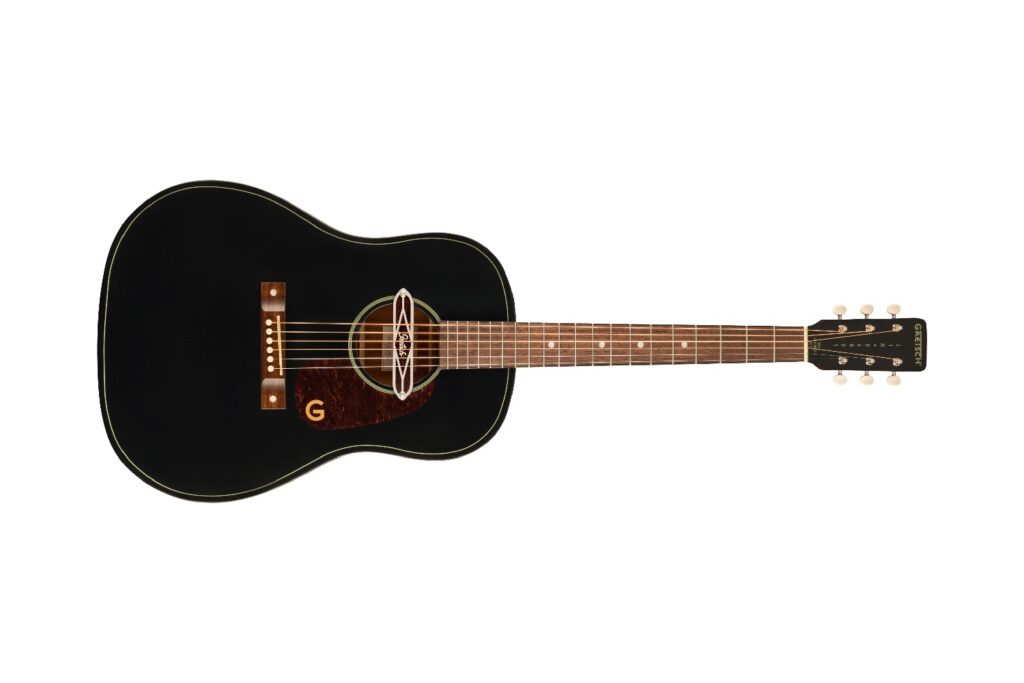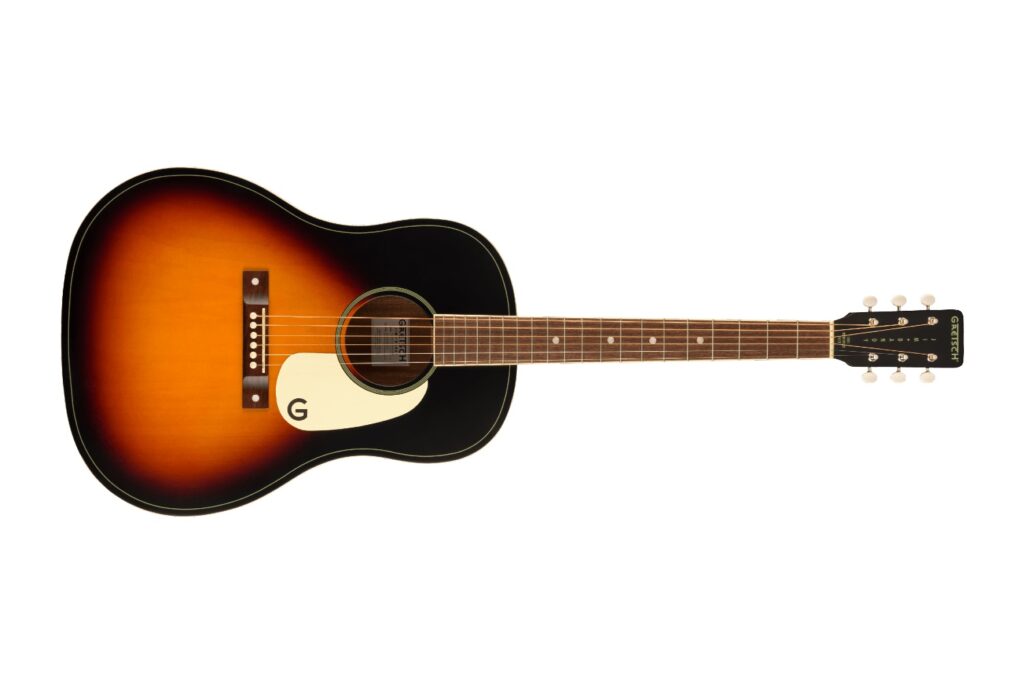Audio-Technica Australia | audio-technica.com.au | Expect to Pay: $299
There’s no doubt that Audio-Technica has produced some classic pairs of headphones over the last forty or so years. Many of us have our favourites and have held onto certain models for years.
With the success of the ATH-M50X studio headphones, it was always going to be hard for Audio-Technica to deliver a new set of cans that could stand alongside them and shine even brighter. It is for that reason that I was just a little bit excited to be able to unbox a pair of the new ATH-M60X Professional Monitor Headphones this month. I wasted no time in plugging them in and hearing what was on offer.
Check out all the latest audio interface, microphone and headphone reviews here.
The newest interface from industry stalwarts Steinberg does not disappoint. Ever the reliable dark horse, the UR44c has all the seamless connectivity and rock-solid components you’ve come to expect from the industry staple. It features a maximum sampling rate of 192kHz audio conversion with 32-bit resolution, resulting in top-notch analogue-to-digital conversion to produce awesome sounding recordings from the confines of your bedroom.
Straight out of the box, there’s no denying that this is a well-designed piece of gear. Its sleek and clean appearance is paired with a simple black and grey colour scheme, which should make for a clean addition to any desktop studio space.
Thankfully, the UR44c has also got a nice amount of weight to it, yet it is relatively small for an interface with this much power and flexibility – so far, it’s ticking all the boxes for everything you’d need from an interface of this calibre.
Reflecting Steinberg’s forward-thinking design ethos, the UR44c makes use of lightning fast USB-C 3.0, enabling faster processing time and putting a lighter load on your computer’s CPU, while a standard 12-volt adapter does all the heavy lifting.
You’re also able to choose whether you want to power the interface via USB-C or with the 12v adapter, with the unit even being able to be powered via devices as compact as an iPad Pro or a USB power-pack – a real nice touch for anyone working on the go.
Expanding beyond the parameters of what most expect from an interface at this price-point, the UR44c consists of six inputs and four outputs, with the unit featuring four microphone preamps on the front and an additional two line inputs on the rear of the unit.
Each preamp is paired with a corresponding gain control for immediate adjustments, while a larger output knob on the right-hand side controls the overall volume of the UR44c. Additionally, the preamps on the UR44c are also Class-A D-PRE preamps, which only enhance the recording quality of the unit even further.
Whether you’re tracking vocals or simply plugging in a guitar or bass for some DI action, you’ll notice the difference these preamps provide immediately: there really is a distinctive sheen and sparkling quality that many interfaces in this price-range simply can’t achieve.
On the rear, you’ll find four line outputs and an additional set of main outputs, which should be more than enough for most applications in a home recording environment. I was also stoked to see that the UR44c featured MIDI in and out on the back as well – far too many interfaces in this price range don’t feature MIDI I/O, so it’s nice to see Steinberg have added these in the mix.
The Steinberg UR44c also boasts phantom power for every input, which is a huge plus for anyone looking to multi-track a singer-songwriter or even record a stripped-down drum track.
There’s also two headphone jacks on the front of the unit, letting you and another performer record and hear playback simultaneously without the need for any splits. This is an incredibly thoughtful and super practical touch, and helps enhance the human element of recording live instruments with another performer.
Thanks to the inclusion of USB-C processing, the UR44c is super fast in operation, and throughout my time with the unit for this review, I experienced absolutely no issues with latency whatsoever, even when using the most punishing of plugins.
Considering that this tends to be one of the biggest issues facing interfaces in this price-range, it’s refreshing to see that Steinberg have built the UR44c to withstand such issues, and means this should be an interface that you won’t want to replace anytime too soon.
Additionally, Steinberg have also bundled the UR44c with a copy of Cubase and a bunch of latency-free DSP effects to get you recording quality-sounding tracks straight out of the box. These include Guitar Amp Classics; a suite of sophisticated amp models that cover all grounds from Clean to Lead, as well as a REV-X reverb and a Sweet Spot Morphing Channel Strip to spice up your tracks.
However, it’s not just traditional recording where the UR44c exceeds expectations. The unit also makes use of Loopback functionality to make it a versatile and powerful option for live-streaming, letting you merge incoming audio signals with playback from your DAW to create the best streaming experience possible.
Regardless of whether you’re live-streaming gaming, audio production or even just live podcasting, this is a powerful tool you’ll want to take advantage of, and it’s nice to see Steinberg including it with the UR44c.
When weighing up the price, quality, performance and features afforded by the Steinberg UR44c, it’s hard to find any faults with this interface at all. It’s compact, affordable and easy to use, and Steinberg’s emphasis on minimising recording latency should be considered as a massive drawcard for any bedroom producer.
Head to Steinberg’s website for all the specs and technical details. For domestic enquiries regarding pricing and availability, hit up the team at Yamaha Music Australia.
Straight out of the box, I went for the short cable, mostly because that was packaged on top and I wanted to get these up and running right away. Once I had them in operation, it was then prudent to check and find that a longer cable and curly cable are also supplied, along with a soft leatherette carry pouch. The shorter of the cables is ideal for listening at an audio workstation or with portable audio players when you’re on the go. There’s really no need to have unnecessary lengths of cable getting in the way in these situations.
With the cable installed, it was a simple matter of squeezing the cans on either side to find the right fit. They comfortably sit atop of the head without completely covering the ears. They’re very lightweight, yet still surprisingly rugged in build. These are headphones that you can listen with for extended periods of time and not worry about any strain.
Look, I don’t have to go on at length about it, but these headphones do sound pretty good. There is no absence of low frequencies, and a snappy top end and fast transient response means that all the brightness in your instruments is clearly detailed. But it’s the balance across the entire frequency response that counts.
Vocals sit nicely in the mix, and all instruments can be heard clearly. The best part is that you’re able to hear the faults in the mix quite easily. Of course, you’re not going to rely on these for critical mixing, but when you do want a different point of reference, they allow you to hear a lot of what is going on in the mix. This means when you use them for the sheer enjoyment of listening, you’ll hear plenty of detail in your choice of tunes and will get the most from your music.
And here’s something else: they are actually very comfortable to wear with glasses. Many headphones tend to pinch around the ears—these do not. If your eyes are a little fatigued and need some assistance, these headphones won’t clash with your glasses or cause you any issues.
Want to win your very own pair of Audio-Technica ATH-M60x headphones? We’ve got you covered.
